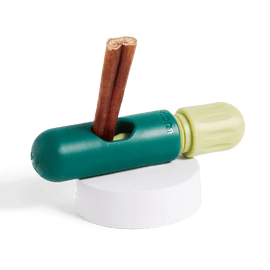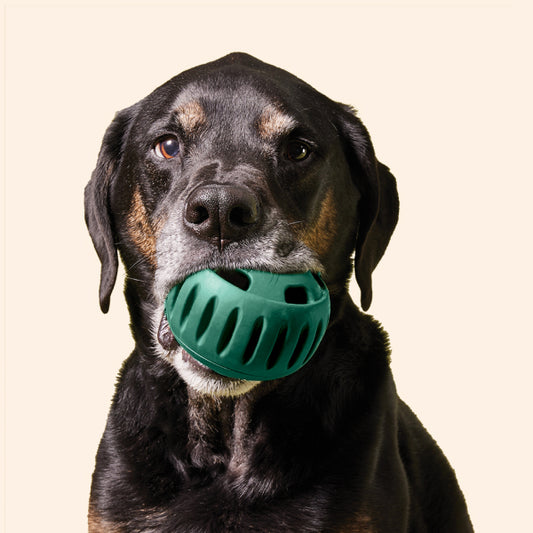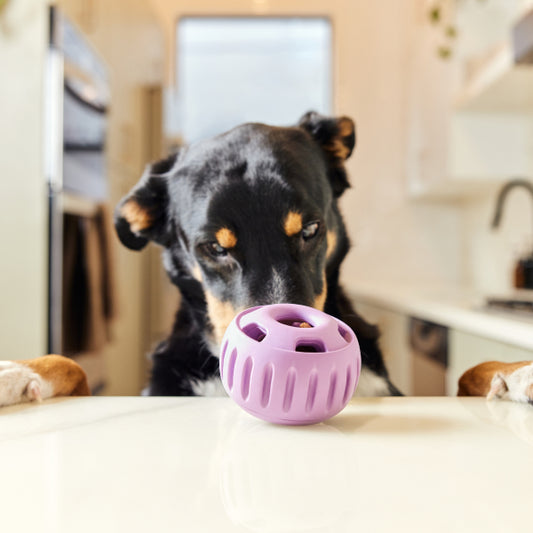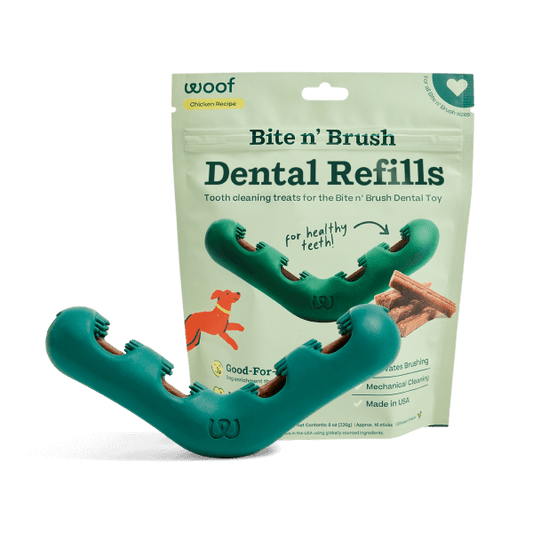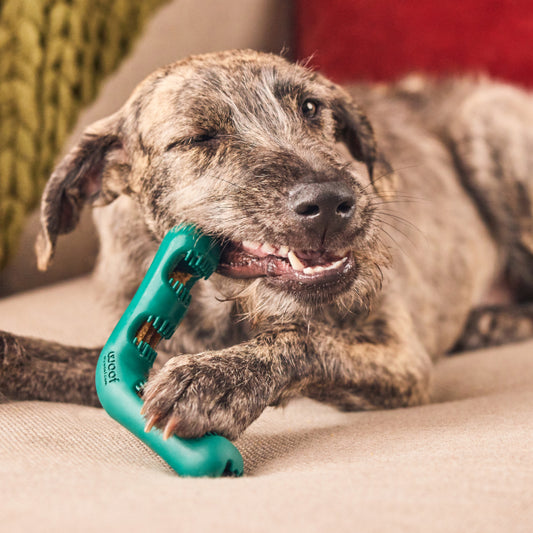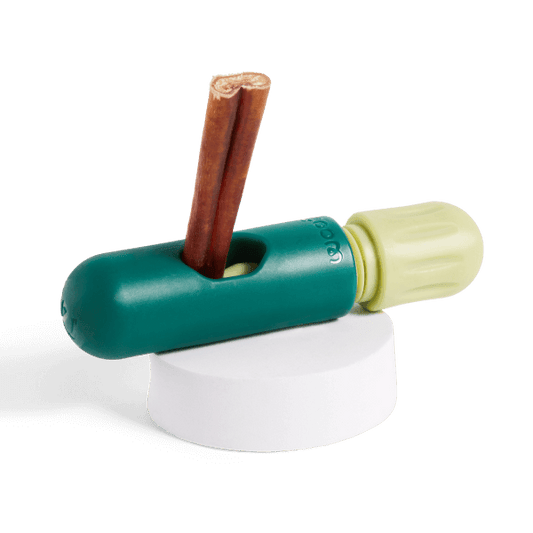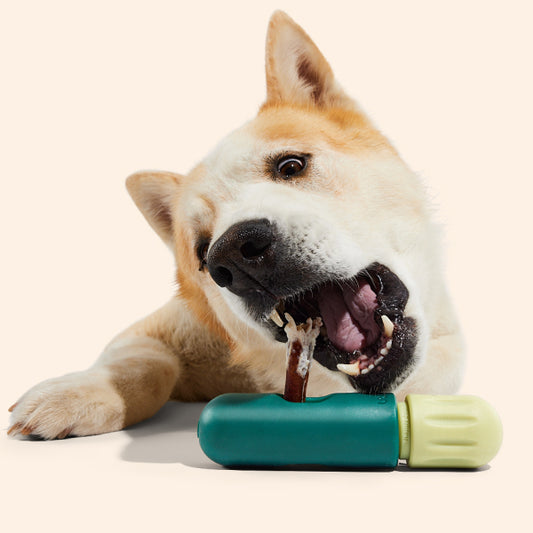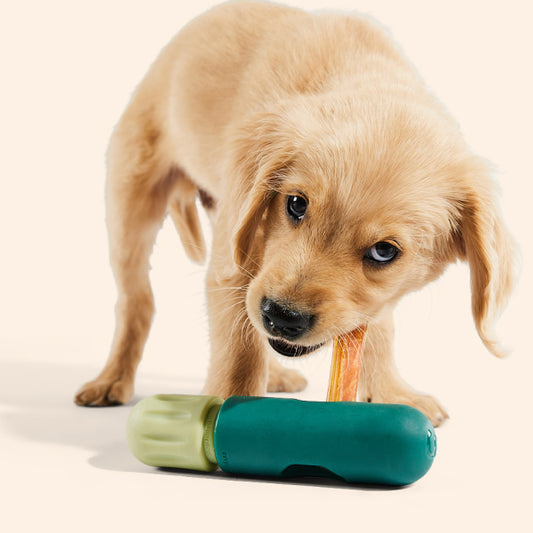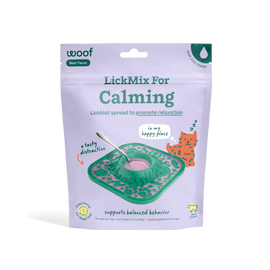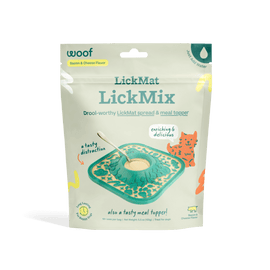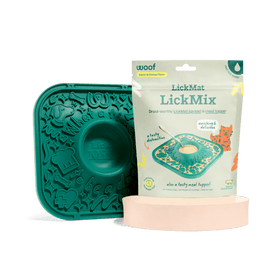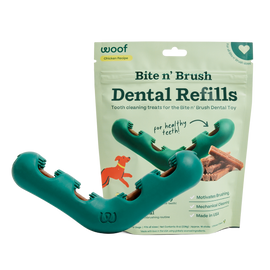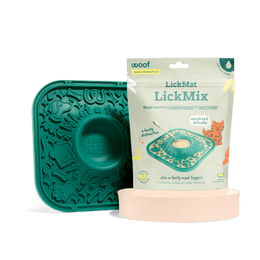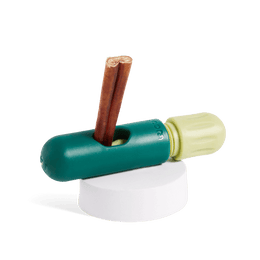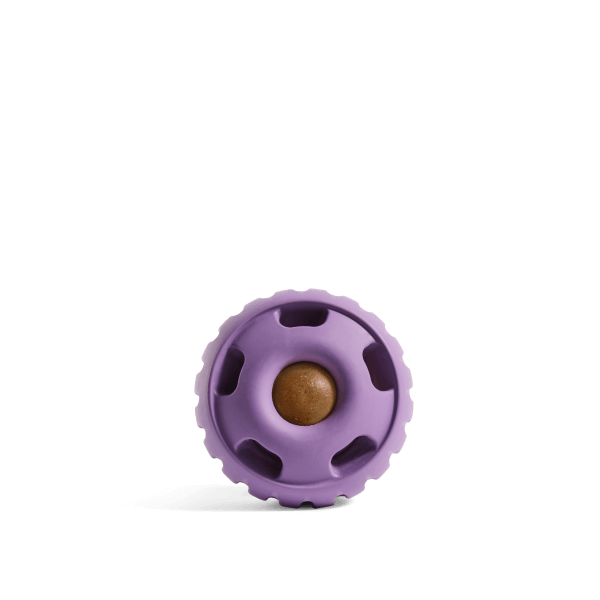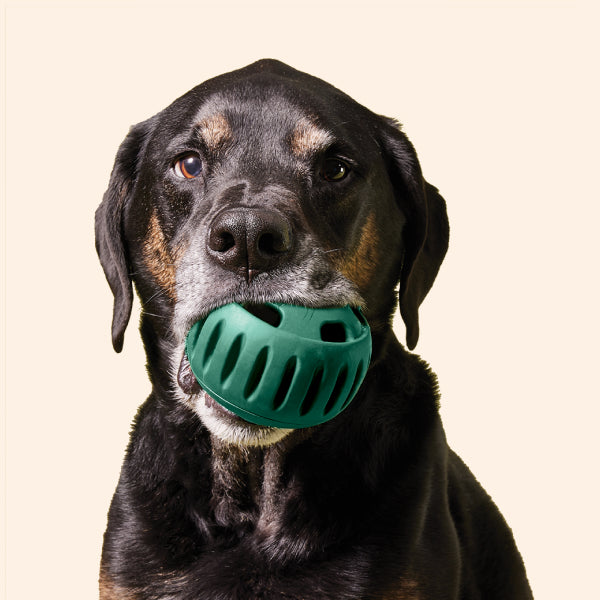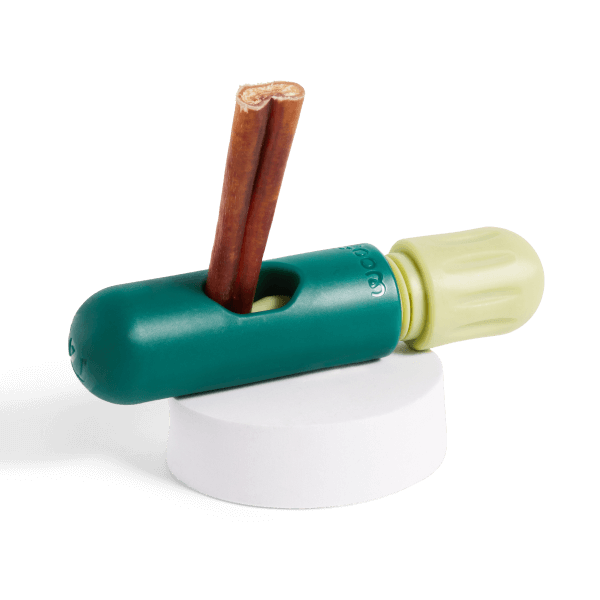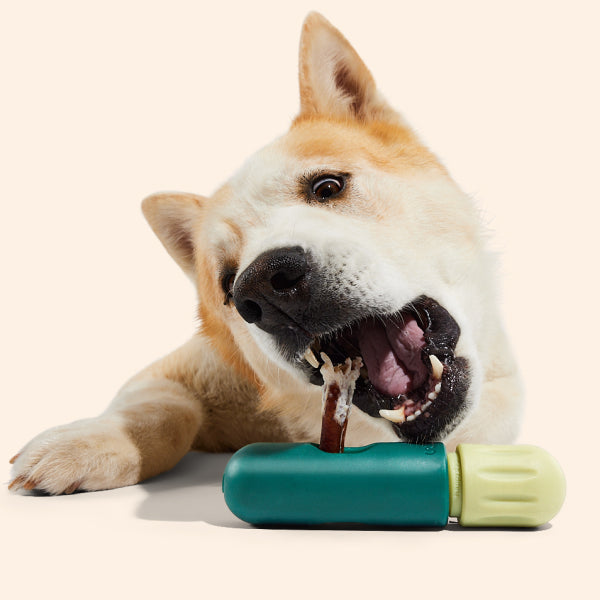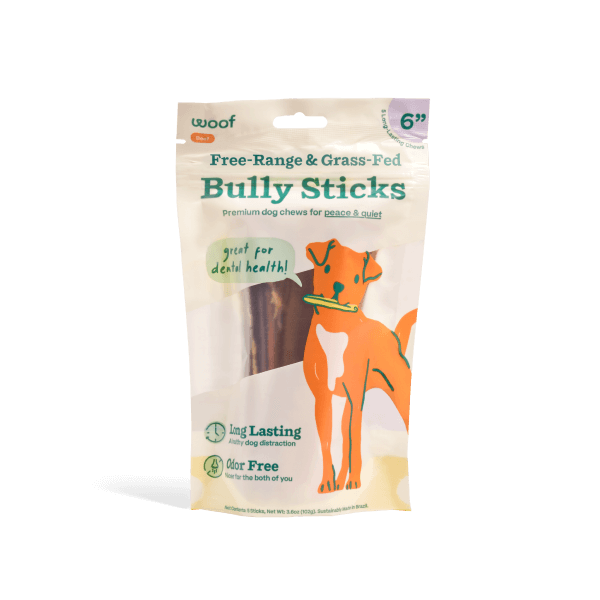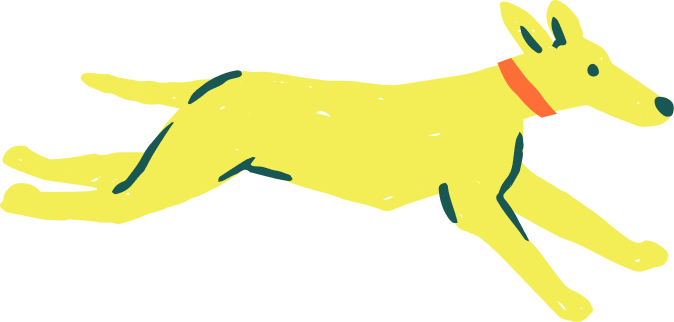
Ever come home to find your favorite shoes chewed up or the trash can mysteriously emptied? It’s not because your dog is plotting against you; they’re likely just bored. Understanding why our furry friends get bored is the first step in keeping them happy and healthy.
Dogs, much like humans, need mental and physical stimulation. Without it, they can become restless and resort to undesirable behaviors. Let’s dive into the reasons behind canine boredom and explore effective ways to keep your pup engaged.
Understanding Canine Boredom
Dogs are intelligent creatures with instincts honed over thousands of years. When these instincts aren’t engaged, boredom sets in. Common signs of a bored dog include:
- Destructive behavior: Chewing on furniture, shoes, or other household items.
- Excessive barking or whining: Vocalizing more than usual to get attention.
- Digging: Creating holes in the yard or attempting to escape.
- Restlessness: Pacing or inability to settle down.
- Attention-seeking actions: Nudging, pawing, or jumping on people.
Recognizing these behaviors is crucial. Once identified, you can implement strategies to alleviate your dog’s boredom.
Why Does My Dog Get So Bored?
Several factors contribute to canine boredom:
- Lack of physical exercise: Dogs need regular activity to expend energy.
- Insufficient mental stimulation: Without challenges, dogs can become mentally restless.
- Predictable routines: Doing the same activities daily can lead to monotony.
- Social isolation: Dogs are social animals and need interaction.
Addressing these areas can significantly improve your dog’s well-being.
Effective Solutions to Combat Dog Boredom
Keeping your dog engaged requires a combination of physical activity, mental challenges, and social interaction. Here are some strategies:
1. Regular Exercise
Ensure your dog gets daily walks, play sessions, or runs. The amount and type of exercise depend on your dog’s breed, age, and health. For instance, a Border Collie will require more activity than a Chihuahua.
2. Mental Stimulation
Engage your dog’s mind with puzzle toys, training sessions, or scent games. Teaching new commands or tricks can also provide mental challenges.
3. Interactive Toys
Introduce toys that require your dog to think or work for a reward. The Pupsicle is an excellent option. It’s a long-lasting interactive toy that keeps your pup distracted and engaged.
4. Safe Chewing Options
Chewing is a natural behavior for dogs. Providing safe chew toys can prevent them from turning to your belongings. The BullySafe is a durable chew holder designed to make chew time safer and longer-lasting. Pair it with Free Range Bully Sticks for a satisfying experience.
5. Social Interaction
Arrange playdates with other dogs or spend quality time bonding with your pet. Social interactions can prevent feelings of loneliness and boredom.
6. Rotate Toys and Activities
Keep things fresh by rotating your dog’s toys and introducing new activities. This variety prevents monotony and keeps your dog excited.
Conclusion
Understanding and addressing the root causes of your dog’s boredom can lead to a happier and healthier companion. By incorporating regular exercise, mental stimulation, and interactive toys like the Pupsicle and BullySafe, you can enrich your dog’s life and reduce unwanted behaviors. Remember, a stimulated dog is a happy dog!



